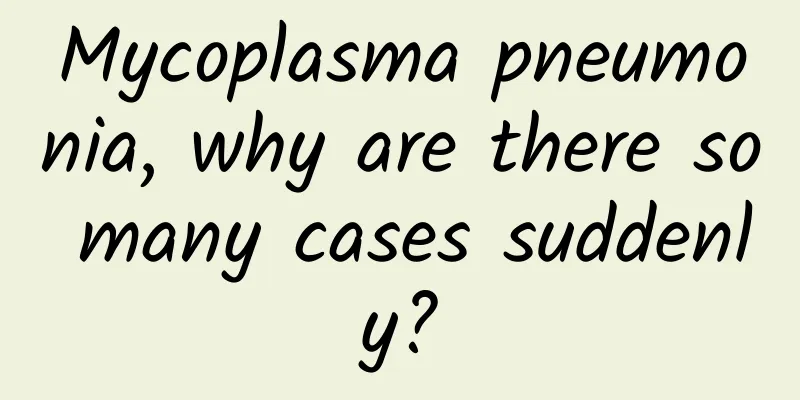What are the dangers of having a Nash cyst?

|
When it comes to Nabothian cyst, I believe that most people have not heard of it. However, today, I would like to analyze the status of this disease with you carefully. Nabothian cyst is actually one of the uncommon types of cyst diseases, but precisely because it is uncommon, I want to popularize it with everyone, hoping to increase everyone's awareness of prevention and protect their health. Cervical glandular cyst is also called cervical nabothian cyst, gynecological cyst, and cervical cyst. Cervical Nabothian cyst (also known as "Nabothian cyst"), like cervical erosion and cervical polyps, is a manifestation of chronic cervicitis. During the healing process of cervical erosion, the newly formed squamous epithelium covers the openings of the cervical glandular ducts or extends into the glandular ducts, blocking the openings of the glandular ducts; the connective tissue hyperplasia or scar formation around the glandular ducts compresses the glandular ducts, causing the glandular ducts to narrow or even block them, and the drainage of glandular secretions is obstructed. The cyst formed by retention is called a cervical retention cyst. The mucus it contains is often clear but may be turbid and purulent due to concurrent infection. The cysts are usually small and scattered and may protrude from the surface of the cervix. The small ones are only the size of millet grains, and the large ones can be as big as corn kernels. They are bluish white in color and may be accompanied by erosion, but they are also common in cervix with smooth surface. Due to the long-term stimulation of chronic inflammation, the cervical tissue repeatedly becomes congested and edematous, inflammatory cells infiltrate and connective tissue proliferates, causing cervical hypertrophy. In severe cases, the cervix can increase by more than 1 times compared to a normal cervix. Severe inflammation may lead to menstrual abnormalities (frequent menstrual abnormalities are directly related to it) and even infertility, cervical malignant lesions, etc. Causes infertility: About 50% of patients with endometriosis suffer from infertility, and among patients with unexplained infertility, about 30-40% suffer from endometriosis. Endometriosis causes infertility, which is often caused by pelvic masses, adhesions, fallopian tube blockage, poor follicle development or ovulation disorders. Menstrual Irregularities: Patients with endometriosis often experience shortened menstrual cycles, increased menstrual flow, or prolonged menstrual periods, indicating that the patients have symptoms of ovarian dysfunction. I wonder if after my scientific and professional explanation above, my friends have gained some basic knowledge about diseases such as Nabothian cyst. When we receive information about a new disease, what we need most is to remember its pathological characteristics, be able to effectively distinguish it, and take timely measures to protect our own health. |
<<: What are the dangers of having ovarian cysts?
>>: How can girls reduce back fat in daily life?
Recommend
Is it calcium deficiency that causes insomnia in women?
Insomnia is probably something that all of us hav...
What's wrong with a little blood during ovulation?
Most women will not experience bleeding in their ...
What is the reason for the yellow and sticky vaginal discharge?
Due to the particularity of their physiological s...
Will the belly be big after a caesarean section?
Many expectant mothers want to know more about ce...
What is the best medicine for women with blood in urine?
Blood in urine refers to blood in the urine. It i...
What does vaginal discharge look like before menstruation?
Experienced girls will know that our leucorrhea b...
Menstrual flow is light, long and dark in color
Women's menstrual period is usually dark red,...
There are many small pimples on the areola
After ten months of pregnancy, the baby is finall...
How to treat uterine prolapse before delivery?
For women who are already in the late stages of p...
What should I do if I get acne during pregnancy?
The estrogen and progesterone levels in the pregn...
How to choose fresh abalone? Why is abalone so expensive?
If you know abalone, you should know that fresh a...
How to deal with low back pain after cesarean section
Some mothers are prone to low back pain for a per...
Can pregnant women eat porridge?
Rice porridge is a food that we often eat in our ...
What is the best time to have a painless abortion?
People's ideas are more advanced now than bef...
Depression can really kill you. Here are 6 tips to stay away from depression.
Some time ago, the news of singer Coco Lee's ...









